#Syngnathidae
Explore tagged Tumblr posts
Text
Today is Wet Beast Wednesday!
Today’s wet beast is: Pipefish
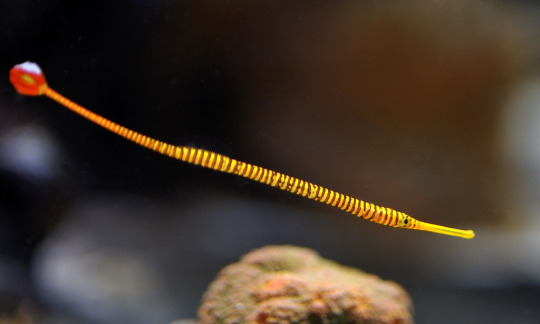
Olive’s wet beast fact: You’re probably thinking that these worm-on-a-string lookin ass creatures look like straightened seahorses. That’s bc they are part of the Syngnathidae family with Seahorses and Sea Dragons. Funky!
Stay tuned for more Wet Beast Wednesdays!
#pipefish#banded pipefish#syngnathidae#wet beast wednesday#fish#aquarium#sharks#marine biology#oceanposting#deep sea#sea creatures#ocean#sea horse#seahorse#fishblr#fishes#science#biology
8K notes
·
View notes
Text

Common or Weedy Seadragons (Phyllopteryx taeniolatus), family Syngnathidae, order Syngnathiformes, Australia
photograph by Mervyn Peter Dannefaerd
425 notes
·
View notes
Text


Second photo thanks to Fishes of Australia!
#indo pacific#bargibant's seahorse#pygmy seahorse#seahorse#actinopterygii#fish#fishblr#syngnathiformes#syngnathidae#animal polls#poll blog#my polls#animals#polls#tumblr polls#marine animals#fishes
91 notes
·
View notes
Text

A common seadragon (Phyllopteryx taeniolatus) in Botany Bay, NSW, Australia
by John Turnbull
#common seadragon#seadragons#seahorses#bony fish#fish#phyllopteryx taeniolatus#phyllopteryx#Syngnathidae#syngnathiformes#actinopterygii#chordata#wildlife: australia#wildlife: oceania
190 notes
·
View notes
Text
Uncharismatic Fact of the Day
In what kind of fish does the male get pregnant and give birth? That's right: it's the pipefish! Just like their more famous seahorse relatives, females lay their eggs into the males' brood pouch, where they are fertilized. Fully developed young hatch about two weeks later, at which point they are fully independent and may even become food for their parents.

(Image: A Gulf Pipefish (Stigmatopora narinosa) by Graham Short)
If you like what I do, consider buying me a ko-fi!
#pipefish#Syngnathiformes#Syngnathidae#ray-finned fish#bony fish#fish#uncharismatic facts#queer fauna#nature is queer
70 notes
·
View notes
Text

greater pipefish affirmations ✨
7 notes
·
View notes
Photo
Denise's Pygmy seahorse (Hippocampus denise), by Nadia Chiesi. (Larger).

#seahorse#seahorses#pygmy#pygmy seahorse#pygmy seahorses#hippocampus#hippocampus denise#syngnathidae#animal#animals#water#underwater#ocean#marine#sea#aquatic#nature#close-up
79 notes
·
View notes
Text
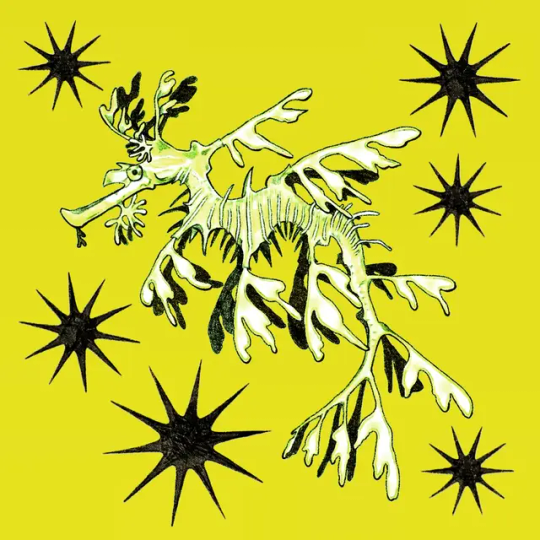

leafy seadragon 🐉🥬
1 note
·
View note
Text
*remembers sea dragons exist*
3 notes
·
View notes
Text

“Entelurus aequoreus are a poor food source for seabirds such as the Atlantic puffin, Fratercula arctica.”
Still looks like an omen to build a city though.
Photography by Rebecca Nason. Quote from Goncalves, I. B. et al. (2017) Phylogeography of the snake pipefish, Entelurus aequoreus (Family: Syngnathidae) in the northeastern Atlantic Ocean. Biological Journal of the Linnean Society, XX, 1–14.
68 notes
·
View notes
Text






Ocean Biodiversity Print Series, by Zoe Keller:
Octopodes
Medusozoa
Syngnathidae
Deep Sea
Nudibranchia
Sharks of the World
19 notes
·
View notes
Note
why are pipefish so ugly

YOU MADE HIM CRY. TAKE IT BACK!!!
#pacific seaweed pipefish#pipefish#my asks#fish#syngnathidae#oceanposting#deep sea#sea creatures#ocean#marine life#seahorse#sea dragon#marine biology#aquarium
996 notes
·
View notes
Note
dragons are real! they're just aquatic and live among the fishes, i saw some at an aquarium back when i was on vacation :]
(you know what i'm talking about right i'm not trying to request false creature i just think its cool)
Yes, yes, there are 3 species of sea dragons...
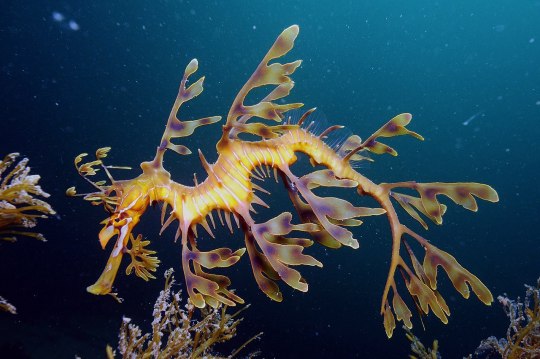
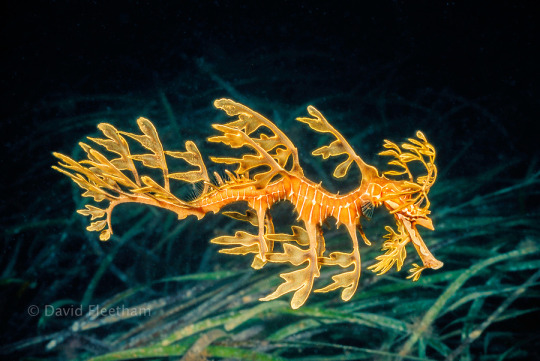
Leafy Seadragon (Phycodurus eques), family Syngnathidae, order Syngnathiformes, found off the Southern and Western coasts of Australia
photographs by Dave Fleetham & James Rosendale
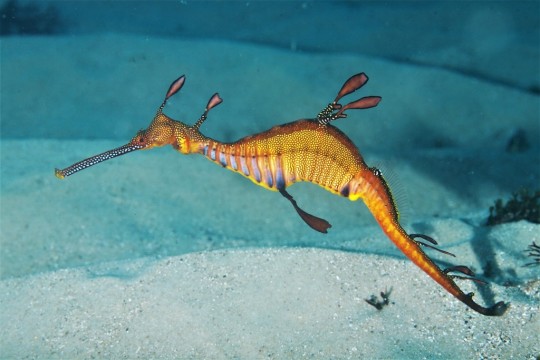
Common Seadragon or Weedy Seadragon (Phyllopteryx taeniolatus), family Syngnathidae, order Syngnathiformes, found along the southern coast of Australia
photograph by John Sear
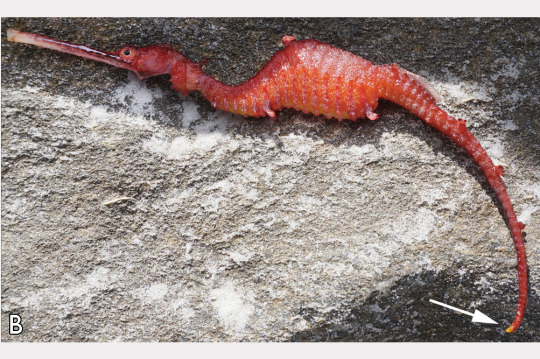
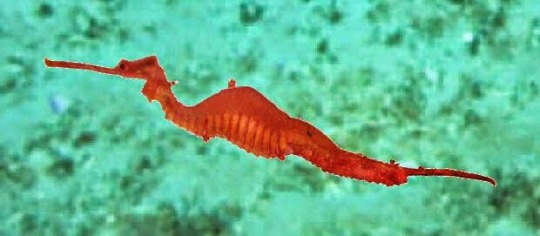
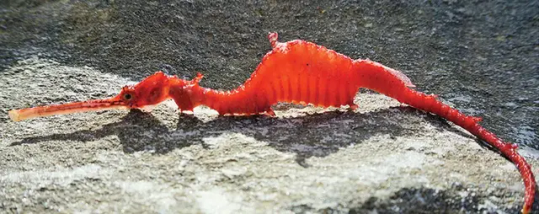
Ruby Seadragons (Phyllopteryx dewysea), family Syngnathidae, order Syngnathiformes, found off the coast of western Australia
photographs by Zoe Della Vedova
#seadragon#phyllopteryx#phycodurus#syngnathidae#syngnathiformes#fish#ichthyology#ocean#animals#nature#australia
461 notes
·
View notes
Text
19 notes
·
View notes
Text
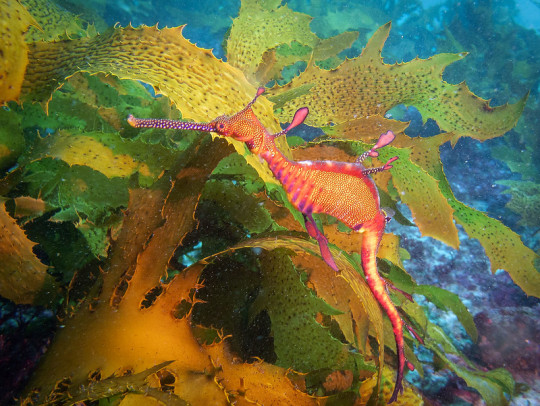
A common seadragon (Phyllopteryx taeniolatus) against the kelp in Manly, Sydney, Australia.
by John Turnbull
#common seadragon#seadragons#seahorses#bony fish#fish#phyllopteryx taeniolatus#phyllopteryx#Syngnathidae#Syngnathiformes#Actinopterygii#chordata#wildlife: australia#wildlife: oceania
335 notes
·
View notes
Text

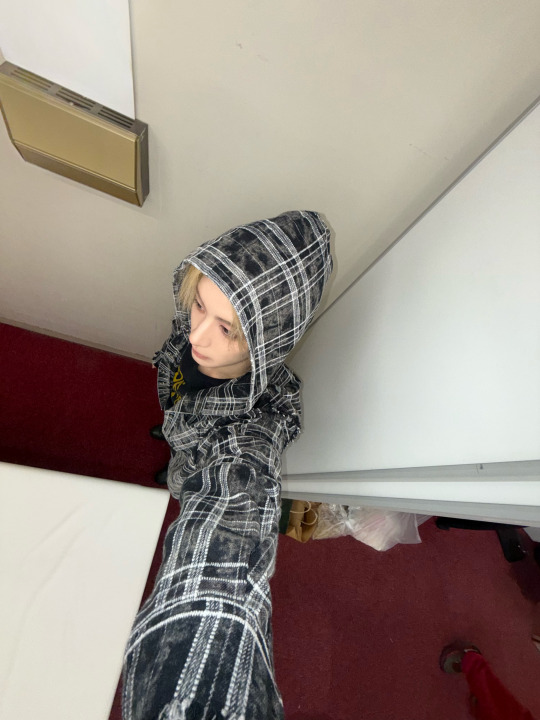


250228 | Leehan Weverse Update
뿅뿅
[TRANS] Bbyong bbyong
Leehan Reply
🚪 //이하니 요즘 아이돌이에요// 🦁 //네//
[TRANS]
🚪 // Is Leehan-ie a trendy idol these days? //
🦁 //Yes//
Leehan Reply
🚪 ///////휴대폰 케이스에 물고기가 몇 마리 더 있어요://///////// 🦁 //여러마리//
[TRANS]
🚪 ///////Howa many fish left on your phonecase: ///////////
🦁 //Several fish//
Leehan Reply
🚪 21 최근에 살빠졌어?? 많이 먹고 자🩵 🦁 투어 가서 2키로 쪘어
[TRANS]
🚪 Let me guess was the sticker slightly raised, got caught on something, and started peeling off, so you just removed it? Right?
🦁 I just wanted to feel the soft back of my phone again after a long time, so I only peeled off the middle part
Leehan Reply
🚪 내가 예상해볼까 저거 스티커 약간 튀어나와서 어디 걸리고 떼지려고 해서 뗀거임 맞지 🦁 핸드폰 뒤 보들보들한 거 오랜만에 만지고 싶어서 가운데만 땠어
[TRANS]
🚪 21, have you lost weight recently?? Eat well and get plenty of rest 🩵
🦁 I gained 2kg during the tour.
Leehan Reply
🚪 //해마는 물고기인가요// 🦁 해마 입니다 🦁 어류가 맞긴 해요 🦁 실고기과 🦁 해마는 잘 몰라서 검색했습니다 🦁 척척석사 올림 ..
[TRANS]
🚪 //Is seahorse a fish?//
🦁 A seahorse.
🦁 It is indeed a fish.
🦁 Belongs to the Syngnathidae family.
🦁 I didn’t know much about seahorse, so I looked it up.
🦁 Sincerely, Mr. Know-it-all (master degree level) ..
Leehan Reply
🚪 코리도라스 스터바이 스티커 받을사람 구합니다 🦁 제 아이는 코리도라스 쥴리 입니다 🦁 척척박사 등업 🆙
[TRANS]
🚪 Looking for someone to receive a Corydoras Sterbai sticker.
🦁 My kid is a Corydoras Julii.
🦁 Leveling up to Mr. Know-it-all (professor level) 🆙
Leehan Reply
🚪 스터바이랑 쥴리 차이가 뭔지 알려줄 수 있ㄴ어???? 🦁 등지느러미 보면 알 수 있어요 🦁 쥴리는 등지느러미에 점이 있어요 🦁 척척박사 올림
[TRANS]
🚪 Can you tell me the difference between Sterbai and Julii?
🦁 You can tell by looking at the dorsal fin.
🦁 Julii has spots on its dorsal fin.
🦁 Sincerely, Mr. Know-it-all (professor level)
#boynextdoor#leehan#2025#250228#era: if i say i love you#sns: weverse#sns: official#trans: bndwiki#p: weverse#p: selfie#klh: selfie#wv: fan replies
5 notes
·
View notes